Tokyo, Japan Feb. 23 Sun 12:55AM
Weird, but Delicious
Part of the appeal of Japan is its weirdness.
Some things that are common in Japan are things that seem really out of the ordinary to those of us who haven't been to Japan before.
However, there are also many foods Japanese eat that may appear quite strange to us and are also highly unlikely to be found in your local Japanese restaurant. These foods can definitely be found with a little looking! The more daring of you may have even mustered the courage to actually try them while on a visit to Japan. I’ve tried all 5 and lived to tell about it, so fear not!
For the uninitiated, here are five Japanese foods that might be strange to you!
1. Raw Egg (nama tamago)
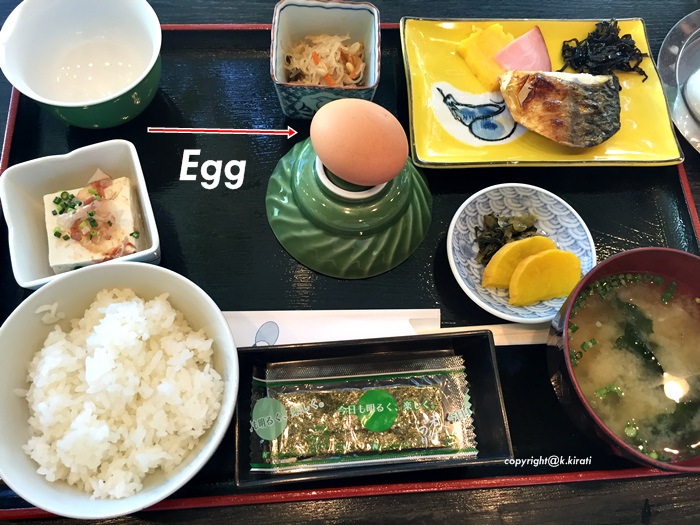
My initial response to eating a raw egg in Japan was to be worried about salmonella. In Japan, though, it's really normal to eat uncooked eggs- on top of rice, with natto (see #4), or as a dipping sauce for certain types of hot pot.
Unlike eggs from The States for example, Japanese eggs arrive much sooner to market since the shipping distances are shorter. But the main reason they are safe to eat is that the egg’s natural, protective germ barrier is not removed from the shell by washing, as they are with western eggs. Just to be on the safe side though, always be mindful of expiration dates.
Aside from being concerned about getting sick, I was concerned about the texture. It’s true the slimy texture can be unfamiliar, but with time (and an open mind), I grew quite used to it, actually.
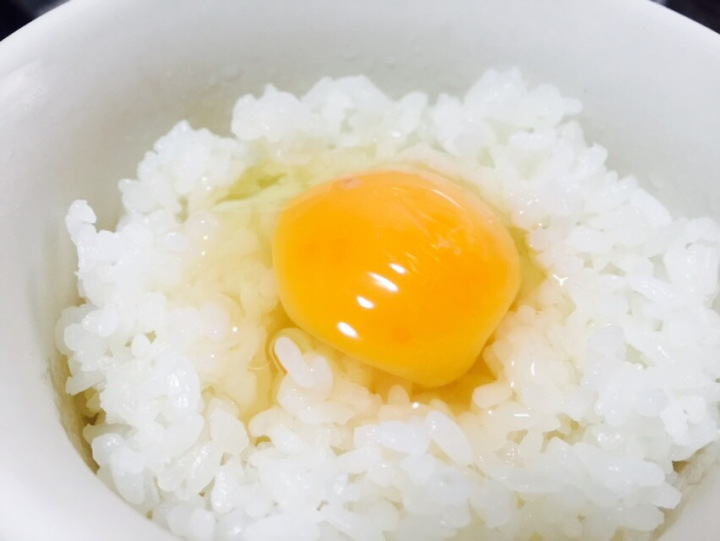
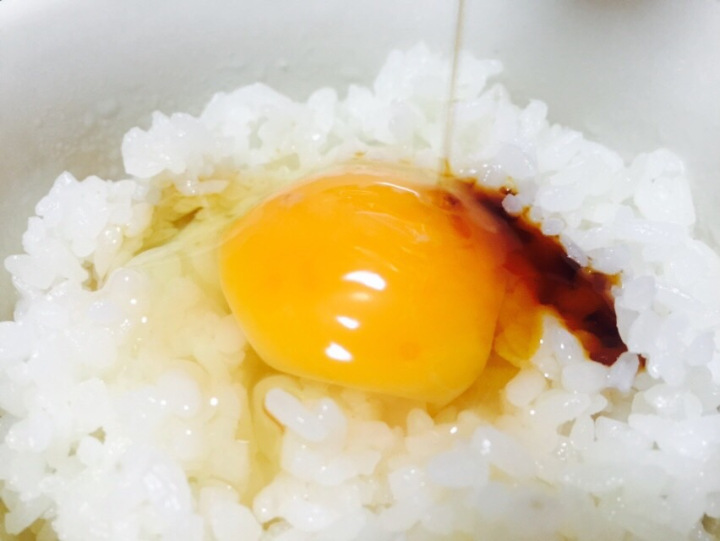
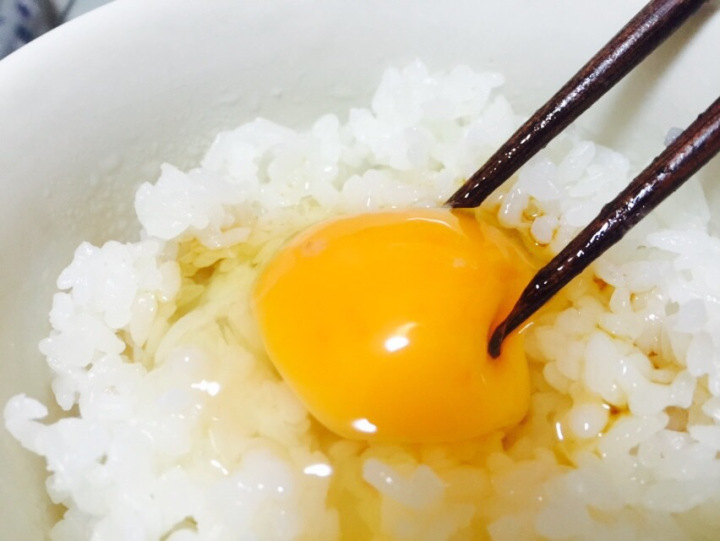
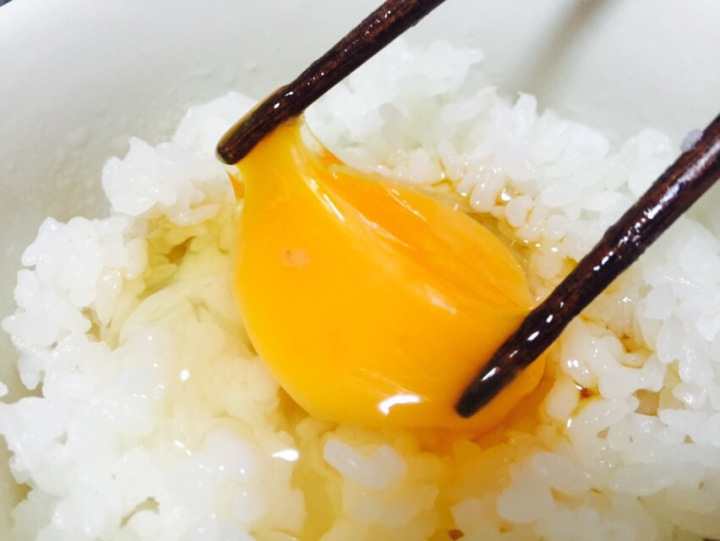
2. Horsemeat Sashimi (Basashi)
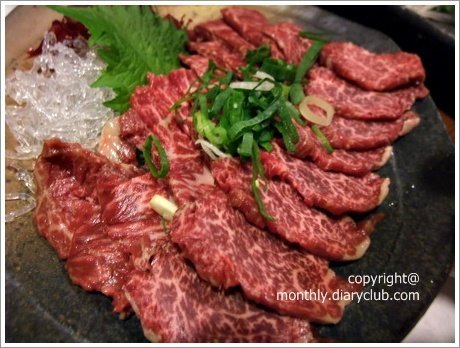
Horsemeat is referred to as basashi, or sometimes sakura niku in Japanese. Being a delicacy, I wouldn't say it’s eaten very often, but most people have tried it. As with eggs above, westerners don’t commonly eat raw meat, especially horse. Unlike fish sashimi, it is commonly served with salt or sesame oil.
Although I did try it once and thought it was OK, it’s personally not one of my favorites because of the texture and flavor. I am glad I tried it, though, since you never know what may become a new favorite!
3. Ika Sashimi (Squid Sashimi)
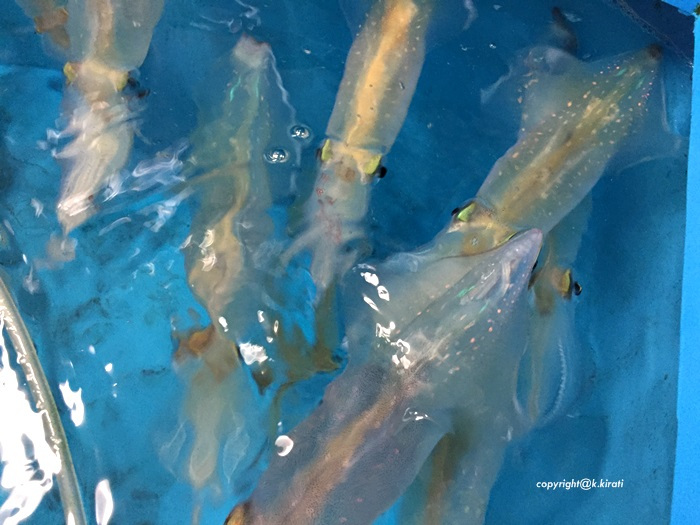
Ika sashimi is typically served in areas famous for fresh seafood, but it can be found in many other places as well. No matter where it’s served, it should be very, very fresh. In fact, it’s prepared while still alive, so you can’t get fresher than that! It’s called ‘odori (dancind) style’ because the squid is usually still moving a bit on your plate, even after being cut up.
To the Japanese, it’s a welcomed sign of freshness. But for Western patrons, it can seem a bit macabre, to say the least, and perhaps not for the faint of heart. If it’s any ease of conscience, the residual movements are supposedly due to muscle reflex or spams and it is killed very quickly.
Despite the ethical objections, I must say I have never had more tender or fresh-tasting squid. If you love squid and are OK with the process, I highly recommend giving it a try.
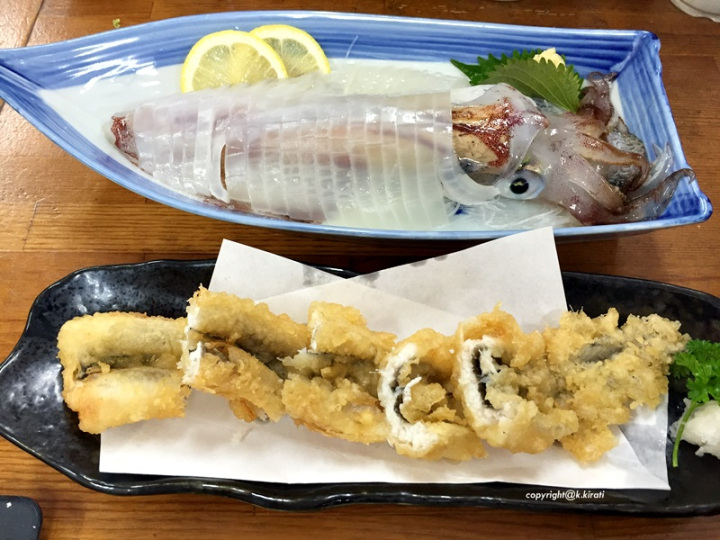
4. Natto (Fermented Soybeans)
Natto is probably the most notorious on the “what-on-earth-is-that” item from any Japanese food list. Even among Japanese, natto is not a favorite and most people respond with a grimace when asked about it – especially kids. Made from fermented soybeans, the texture is quite slimy and produces a rather strong and pungent odor.
Despite that, it remains one of the healthiest foods you can eat. This is due to the probiotic enzymes created by fermentation, which can aid digestion. It can be eaten directly from its Styrofoam package, or else served on top of rice with soy sauce, raw egg, or mustard.
I struggled with this one at first, but wanting to reap the health benefits, I kept giving natto a chance.
5. Shirako (Fish Prostate)
What is shirako? It’s the male prostate gland from certain fish like cod, salmon, squid, or pufferfish. This delicacy containing sperm (shirako literally means ‘white children’) is enjoyed in the winter months, especially in northern Japan. It has a kind of creamy, pudding-like texture and, if prepared well, not a very fishy taste. Despite claims to increase stamina and other benefits, it didn’t appeal to me very much.
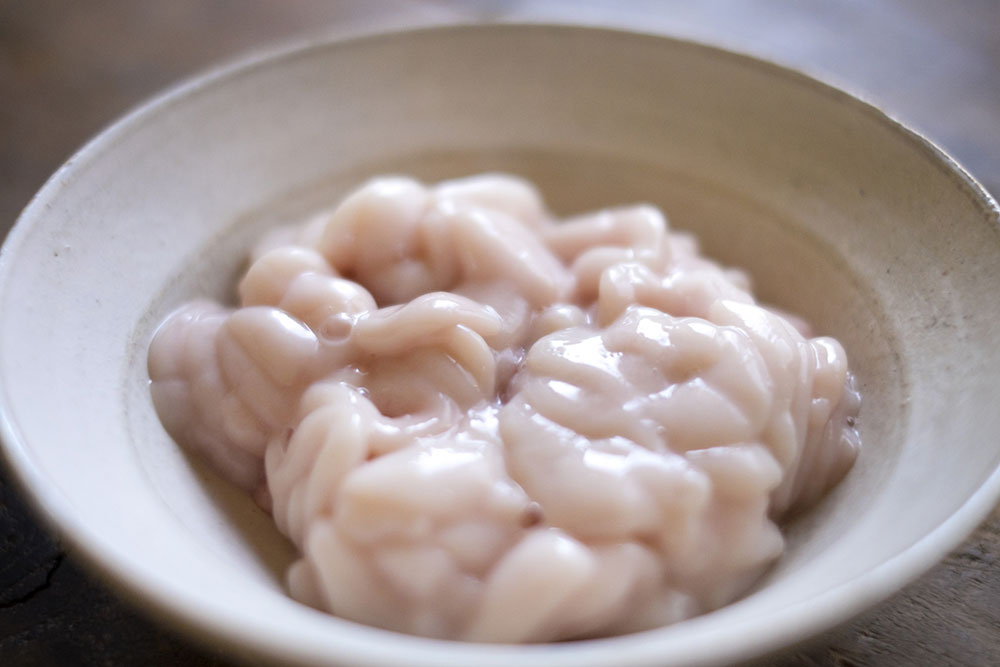
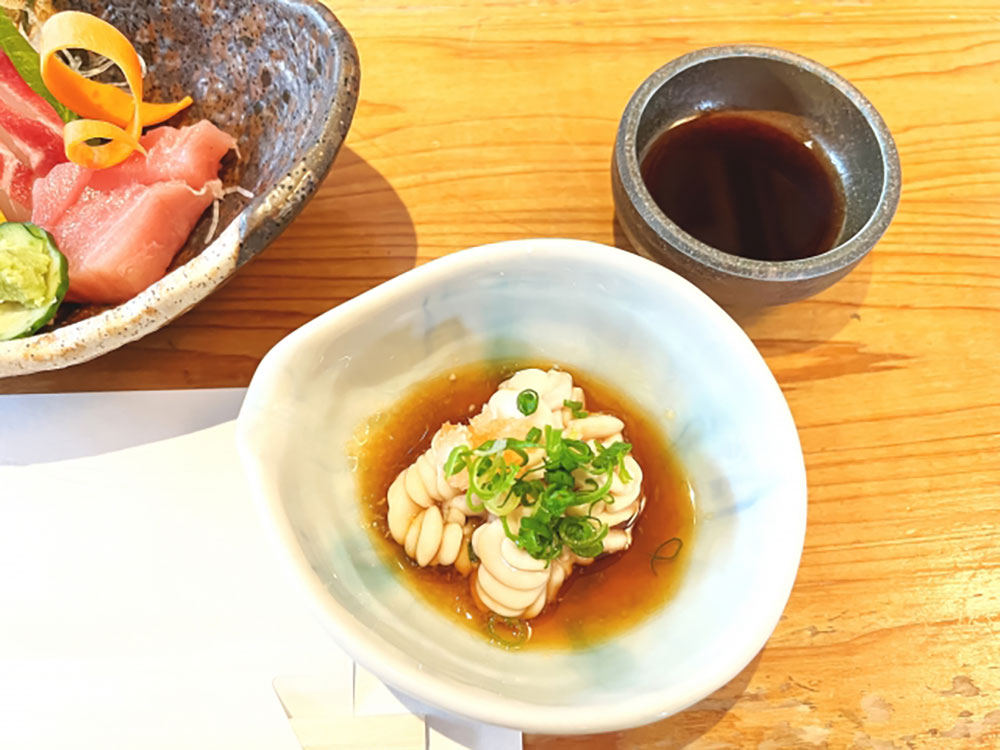
I hope you have the chance to try some of these legendary, but largely unknown foods outside Japan. My best advice is be brave and keep and open mind. You may be surprised at what you come to like!
